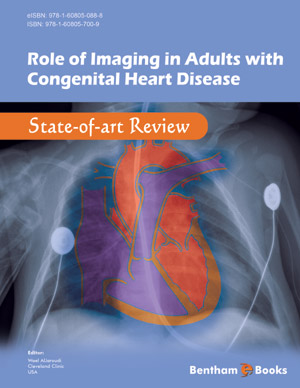Abstract
Approximately 40,000 infants are born each year with a congenital heart disease (CHD) in the United States. CHD is defined as any abnormality that affects the cardiac anatomy or physiology, with some forms manifesting at birth, or during infancy, as cyanosis, failure to thrive, or heart failure (HF), while others are discovered in adulthood or incidentally. Newer imaging modalities, improved surgical techniques and medical care, have increased the survival rate of these patients [1]. In the year 2000, it was estimated that there were 485,000 adults with complex CHD and 300,000 with simple CHD in the United States [2]; these numbers have been increasing exponentially over the years. As these patients grow older, they may develop arrhythmias, HF, shunts, conduit failures, valvular insufficiency, and pulmonary hypertension (PHT). In addition, they are 25-100 times more likely to experience sudden cardiac death than the general population [3]. Also, adult women with surgically repaired complex CHD often encounter additional problems during pregnancy.....






















